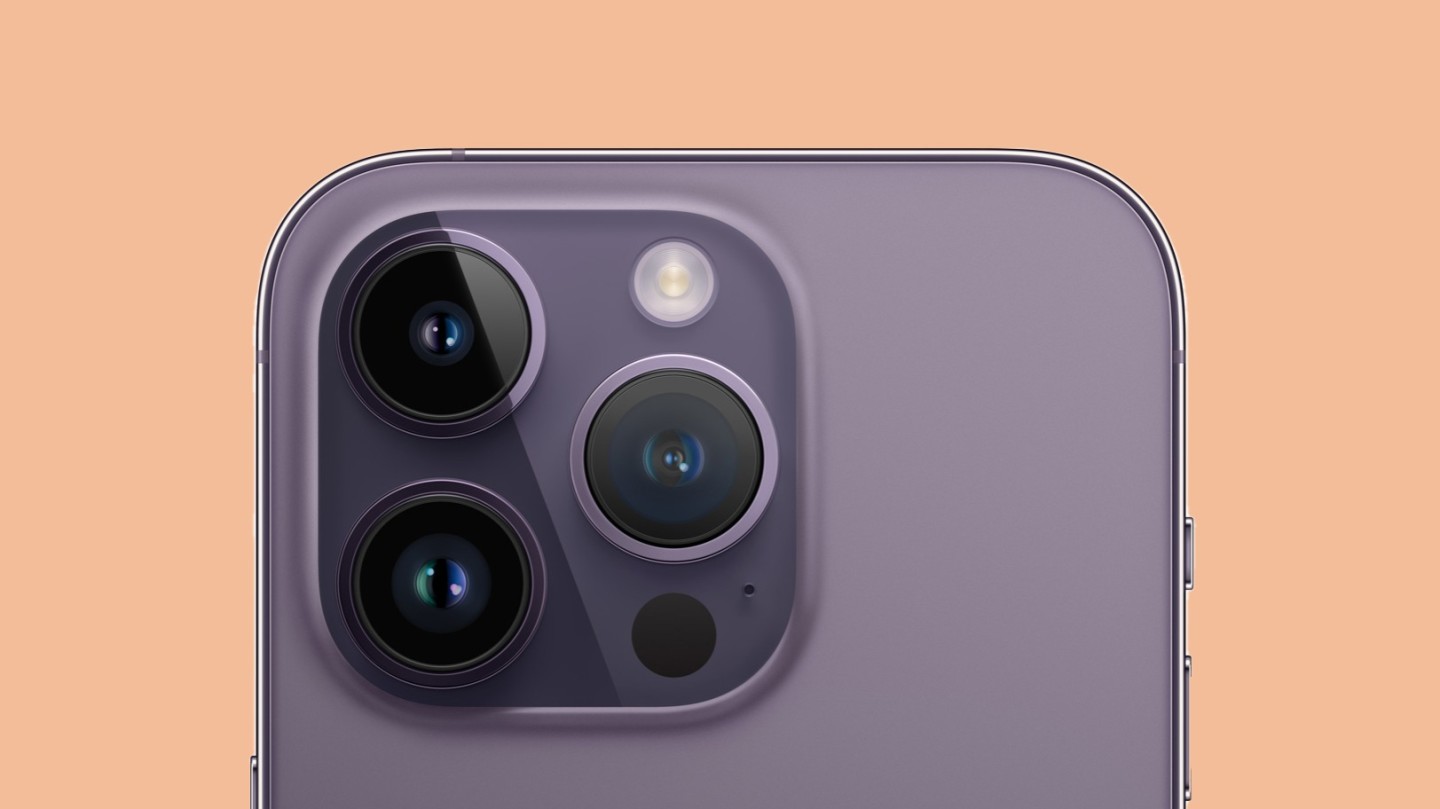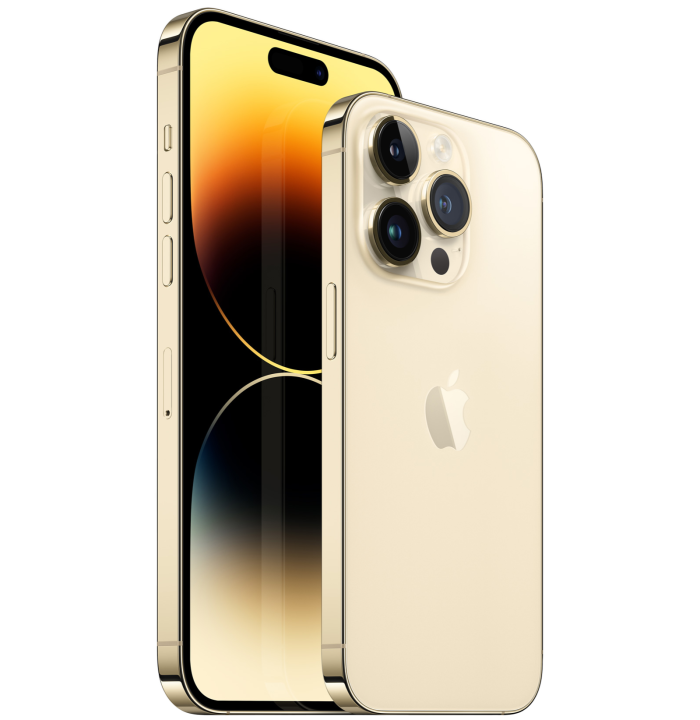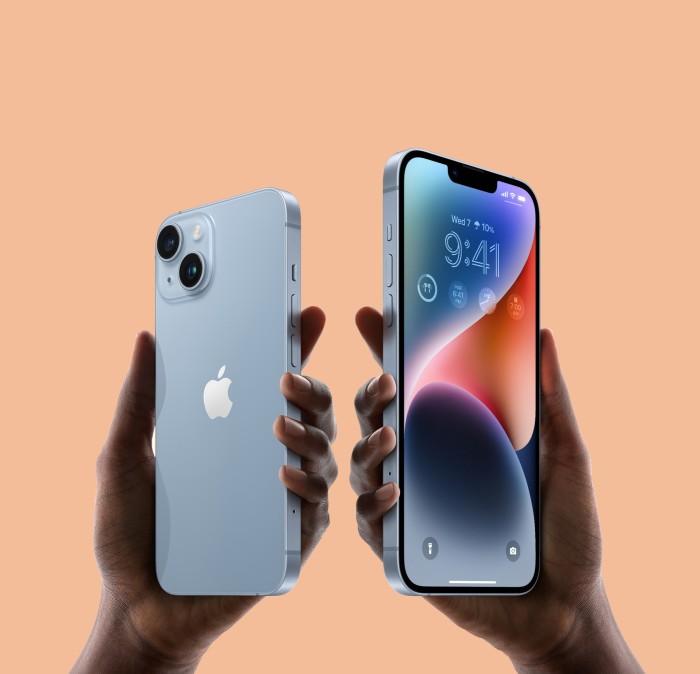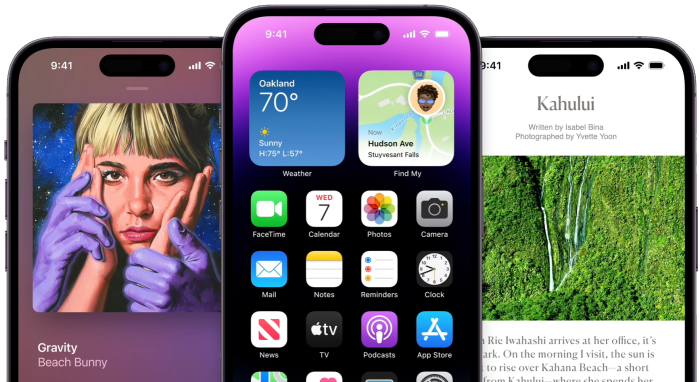Everything you need to know about the new iPhone 14

Roula Khalaf, Editor of the FT, selects her favourite stories in this weekly newsletter.
Just over ten years ago, Samsung’s Galaxy Note found itself somewhat scorned on account of its 5.3in screen, at the time considered preposterously large. Apple’s then CEO, Steve Jobs, couldn’t see the point of larger phones and wearily dismissed Samsung’s Galaxy S (which was smaller than the Note). “You can’t get your hand around it,” he said, “no one’s going to buy that.” He was wrong, of course. Over the past decade we’ve demanded ever-larger phones as we’ve required them to do more stuff, from gaming to navigation to video calls to office work. Their ability to be operated easily by one hand and a dextrous thumb no longer matters. In fact, size matters. And the iPhone 14 Pro Max I’m clutching is big in every sense; everything from its screen to its processor to its lenses represents an upward push for Apple – and, crucially, it executes any task you choose to throw at it without breaking sweat.

The Pro Max is the big beast of the newly-launched, four-strong collection. It just out-specs the iPhone 14 Pro (which is a little smaller and has slightly shorter battery life), and while the iPhone 14 and iPhone 14 Plus are identical in size to the Pro and Pro Max respectively, they have a reduced camera spec and chipset, which means missing out on some of their big sisters’ more advanced features.
It would be easy to reel off a list of stats and indicate how the iPhone 14 Pro Max compares to other phones of a similar size, but ultimately it’s the software that knits everything together and makes a phone sing, and the new operating system, iOS 16, does just that. Two cosmetic changes are immediately apparent, the first being the “Always On” screen, which kicks in where previous models would have quietly gone to sleep. Now, instead of black nothingness, you get a subtle, almost matte-looking display of whatever takes your fancy; the time and date by default, but any number of widgets (battery status, weather, stocks etc) as optional extras. We’re so used to waking up a smartphone to check the lock screen that it takes some getting used to, but it’s not long before you appreciate the change. Does it have an impact on battery life? Yes. How much? Not enough to worry about.

The other immediately obvious difference is the Dynamic Island, which may sound like the name of a covers band on a cruise ship, but is actually Apple’s clever way of making the top-centre of the screen (the cut-out where the front camera and Face ID sensors sit) into a feature rather than a minor annoyance. It now contains a bunch of active pixels which transform that area into a small, screen-in-screen display. It can show the music you’re playing, the status of a timer, navigation instructions and so on, and it resizes and recolours depending on the information being displayed. It almost makes you forget that there is a sensor sitting behind it. It’s an exquisite piece of design, exclusive to the Pro and Pro Max.
As the big smartphone manufacturers all converge towards broadly similar forms, the spec of their built-in cameras is generally where the competition happens, and Apple has chosen this moment to bump up the Pro Max’s main camera from 12 to 48 megapixels, alongside a 12-megapixel ultrawide and a 12-megapixel telephoto with 3x zoom (the latter is absent from the iPhone 14 and 14 Plus.) The 12-megapixel front-facing camera has autofocus for the first time – hello, sharpened selfie shots – and the software behind these all-seeing-lenses has seen substantial improvements too. A “photonic engine” makes for better pictures in poor light on both the telephoto and main cameras, and the latter can now capture 48-megapixel proRAW images with an incredible level of detail. Also dangled temptingly before Pro users is the ability to shoot cinematic mode in movie-standard 24fps at 4K resolution. Then there’s iOS 16’s new Action Mode, which brings gimbal-style stability to video recordings for the whole iPhone 14 range. Simply put: record a clip while you’re running up the stairs, and the footage makes it look as if you were almost floating up. All enabled by fiendishly clever software.

The Pro Max’s display – which Apple boasts to be the most advanced ever featured in a smartphone – has outdoor peak brightness of a dazzling 2,000 nits, and while this didn’t prove to be particularly useful while testing in the grey gloom of autumnal Britain, anyone wanting to watch Jaws while sitting on Bondi Beach will appreciate it. And of course, that display is big. No bigger than its predecessor, the 13 Pro Max, but still a sizable 6.7in. (That’s 20 per cent bigger than the 2011 Galaxy Note, once deemed so ridiculously large.)
As someone who generally prefers a smaller phone and would opt for a mini model over a Max, it’s striking how quickly a gadget I considered a bit bulky begins to feel, well, just the right size. The combination of the iPhone 14 Pro Max’s sleek, sturdy frame, beautiful screen and elegant software makes it a delight to handle. Returning to the 5.4in screen in my pocket feels like I’ve had a humiliating downgrade from first class to economy. (Which I suppose I have.)
Comments